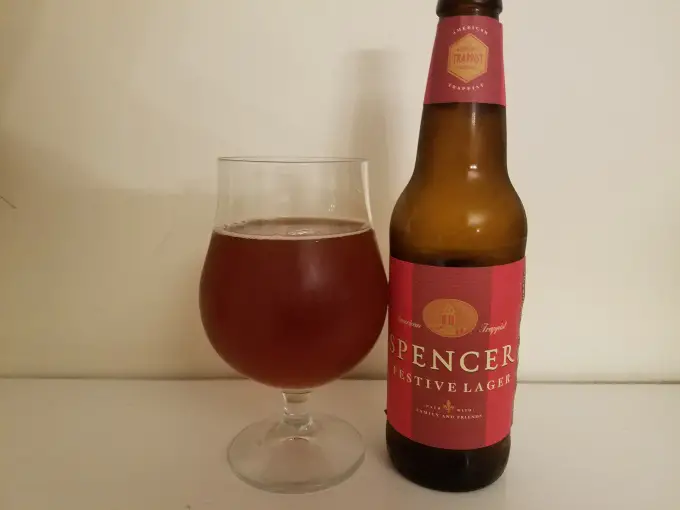Earlier this week Spencer Brewing, the only Trappist brewery in the United States, announced on their Facebook page that they were ceasing brewing operations, making the difficult decision that the brewing industry was no longer viable for them. This...
Earlier this week Spencer Brewing, the only Trappist brewery in the United States, announced on their Facebook page that they were ceasing brewing operations, making the difficult decision that the brewing industry was no longer viable for them. This is really disappointing news, it is never good to lose a local brewery, especially one as unique as Spencer. To be a Trappist brewery the beer needs to be produced at a Trappist monastery, using traditions that go back over 1000 years. Many of the most celebrated beers in Europe, from Orval to Westvleteren, are brewed at Trappist breweries. Needless to say, there was a huge amount of excitement amongst the local craft beer community when Spencer launched in 2013, with high hopes that a local Trappist brewery could create new classic beers. So what happened between now and then to lead to the brewery’s downfall?

Spencer made a very curious choice when they decided to launch with a single beer, Spencer Trappist Ale. While there were historical reasons to focus on a single beer, and the beer is excellent, it showed a lack of understanding of a craft beer scene that is driven by novelty. The beer was also packaged in 11.2 oz bottles at a time when the industry was starting to transition to cans, and the price point was very high, making the beer more of a novelty than a regular choice for cost-conscious beer drinkers. While many people sought out the beer when it first launched, after a while it started to linger on store shelves. Spencer also never had a dedicated on-site tasting room, a function that has become a key part of business for most small breweries. Complete reliance on distribution became even more challenging as the number of breweries continued to grow and space on shelves, in coolers, and on tap lines became more competitive.

Despite these limitations Spencer quickly expanded production and distribution. While there are economic advantages to scale, there are also challenges in properly marketing and managing a large territory. Spencer also made some curious choices when they decided to move beyond their flagship beer. While there were a few Trappist classics like Monk’s Reserve Quadrupel, they also brewed IPAs, an imperial stout, and a few different lagers. I understand why they tried these styles, they are the most popular styles of craft beer, but it went against the expectations that people had for a Trappist brewery (and in my opinion their Abbey ales were far superior in quality). While I would have personally loved to see them focus entirely on traditionals Belgain beer styles, I understand why they didn’t, as these styles can be a tough sell to modern craft beer consumers.
Regardless of the reasons, Spencer is shutting down operations. It is really unfortunate to lose such a unique local brewery, and I will miss a number of their beers. You can still find their beer out in distribution while supplies last, so if you have a chance grab some beers from the only American Trappist brewery, it’s hard to say if we’ll ever have another.











